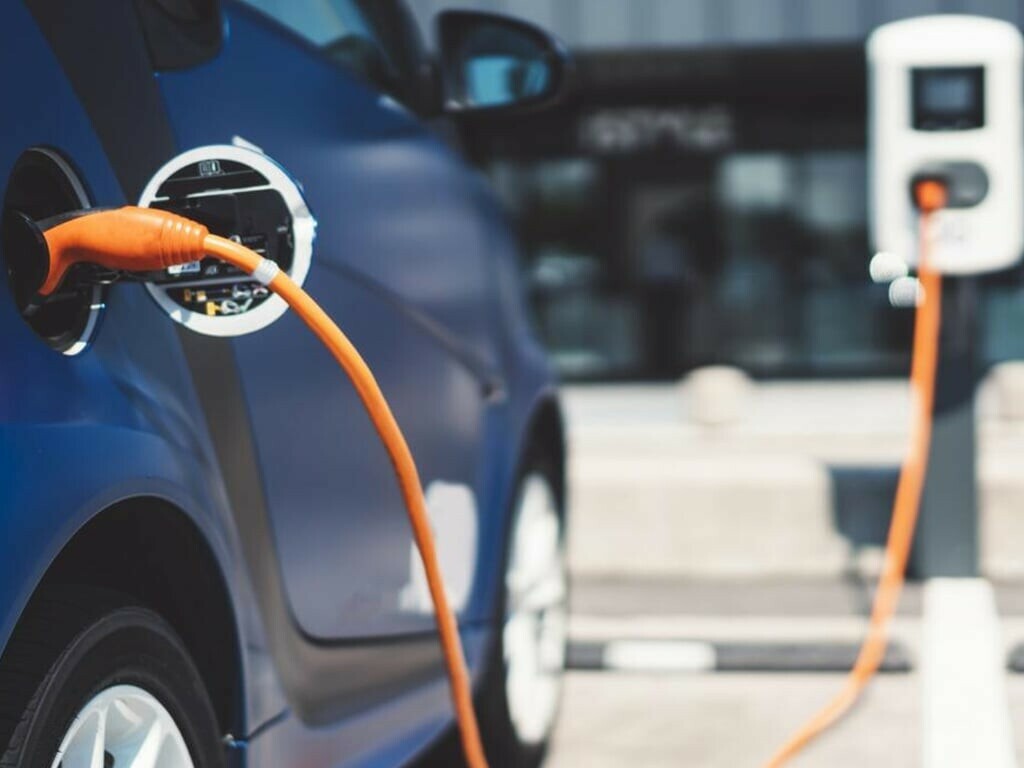

**Why 2025 Is Anticipated to Be a Significant Year for Vehicle Introductions in Pakistan**
The automotive sector in Pakistan is on the verge of a major transformation, with 2025 poised to be a significant year for vehicle introductions across the nation. A blend of favorable government initiatives, increasing consumer demand, technological progress, and heightened foreign investments has set the stage for a wave of new vehicle launches. Here’s an in-depth look at why 2025 is slated to be a crucial year for Pakistan’s automobile market.
### 1. **Government Support and Policy Changes**
A primary factor contributing to the expected surge in car launches is the proactive stance taken by the Pakistani government to rejuvenate the automotive industry. The Automotive Industry Development and Export Policy (AIDEP) 2021–2026 has established a framework for enhanced local production and assembly of vehicles. This policy encompasses tax breaks for new players, lower duties on electric vehicles (EVs), and facilitation for the localization of auto components.
By 2025, many of these incentives will reach maturity, prompting both domestic and international car manufacturers to roll out new models specifically designed for the Pakistani market. The policy’s focus on “Make in Pakistan” is set to yield more cost-effective vehicles for consumers.
### 2. **Increase in Electric and Hybrid Vehicle Introductions**
As global patterns lean toward sustainability, Pakistan is slowly adopting electric transportation. The recently implemented Electric Vehicle Policy aims for 30% of all vehicles to be electric by 2030. By 2025, advancements in infrastructure—such as EV charging stations and battery production—are likely to attain a critical mass, paving the way for a diverse array of electric and hybrid vehicles.
Multiple automakers, including MG Motors, Hyundai, and local companies like Pak Suzuki and Sazgar Engineering, have already revealed intentions to launch electric or hybrid models. The year 2025 is projected to witness the commercial release of these vehicles, making EVs increasingly reachable for the average Pakistani consumer.
### 3. **Emergence of New International Brands**
The expanding middle class and rising urbanization in Pakistan have rendered it an appealing market for international car brands. Recently, brands like Kia, Changan, and MG have successfully made their mark. By 2025, additional global players such as Renault, Peugeot, and even Chinese EV powerhouses like BYD and NIO are anticipated to establish their foothold.
These newcomers are expected to offer a wide variety of vehicles—from compact city cars to SUVs and electric sedans—addressing various consumer needs and intensifying competition, which could result in better pricing and innovation.
### 4. **Technological Innovations and Smart Features**
The vehicles anticipated to be launched in 2025 are expected to come outfitted with state-of-the-art technologies, including advanced driver-assistance systems (ADAS), enhanced infotainment systems, and improved safety features. As Pakistani consumers become increasingly tech-oriented, the demand for intelligent features in automobiles is on the rise.
Automakers are adapting by integrating features such as adaptive cruise control, lane-keeping assist, and smartphone connectivity. These innovations will not only enhance the driving experience but also align Pakistan’s automotive market with global standards.
### 5. **Enhanced Local Manufacturing Capabilities**
The Pakistani automotive industry has been progressively transitioning from a completely built unit (CBU) import model to local assembly and manufacturing. By 2025, numerous new manufacturing facilities are expected to be operational, following joint ventures between domestic companies and international car manufacturers.
This transition will lower production expenses, decrease delivery times, and create job opportunities, further boosting the economy. It will also facilitate greater customization of vehicles to meet local preferences and road conditions.
### 6. **Consumer Demand and Financing Options**
With a youthful demographic and rising disposable incomes, the demand for personal vehicles in Pakistan is consistently increasing. The growth of automotive financing options, encompassing Islamic financing and digital lending platforms, is making vehicle ownership more achievable.
By 2025, the combination of greater vehicle availability, competitive pricing, and accessible financing is expected to propel car sales to unprecedented levels, encouraging automakers to introduce even more models to capture a larger market share.
### 7. **Emphasis on Sustainability and Fuel Efficiency**
Environmental issues and escalating fuel costs are driving both consumers and manufacturers towards more fuel-efficient and environmentally friendly vehicles. Accordingly, 2025 is anticipated to see the launch of multiple hybrid and fuel-efficient internal combustion engine (ICE) vehicles, alongside EVs.
Government regulations regarding emissions and fuel economy are also expected to tighten, motivating manufacturers to innovate and provide greener alternatives.
—
**Conclusion**
The year 2025 is set to become a pivotal moment for the automotive landscape in Pakistan. With a combination of encouraging policies, technological advancements, and market preparedness, the country is on the verge of a vehicle launch boom that could transform mobility for millions of Pakistanis. Whether it’s the expansion of electric vehicles, the entrance of new global brands, or the progression of local manufacturing, the upcoming developments are anticipated to significantly shape the future of the automotive sector.






